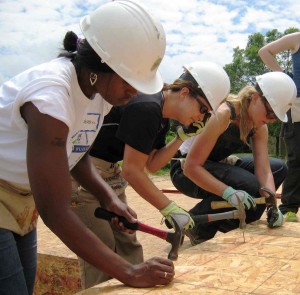Volunteers crave community, and they want to share their experiences. We’re all for creating a community among volunteers – it helps with retention and just makes everyone feel a little more welcome. One of our favorite ways to get out volunteer stories is with a simple interview published on your website, blog or printed in your newsletter. It will make them feel like they’re an important part of your organization, and it will help to showcase your organization’s mission at the same time.
While an organic conversation with a volunteer will lead to the most interesting interview, we also understand that volunteer coordinators don’t always have that much time on their hands. To save time and streamline your interview process, we always suggest a list of simple, go-to questions for your volunteers. A mix of fun personal questions as well as questions pertaining specifically to their volunteer life is a great way to give your team a glimpse into the people they work with.
Below are some of our go-to questions for volunteers, but personalizing them to your volunteer and organization will always lead to a more interesting interview.
1) How long have you been a volunteer?
2) Why did you begin volunteering with our organization?
3) What part of our mission statement do you identify with the most?
4) What’s your favorite way to volunteer with our organization?
5) When you’re not volunteering with us, what are you most likely to be doing?
So there you have it, a simple list of questions to get the conversation going with your volunteers. Keep interviews brief and interesting to give your volunteers just a glimpse into the people who make up your team.





